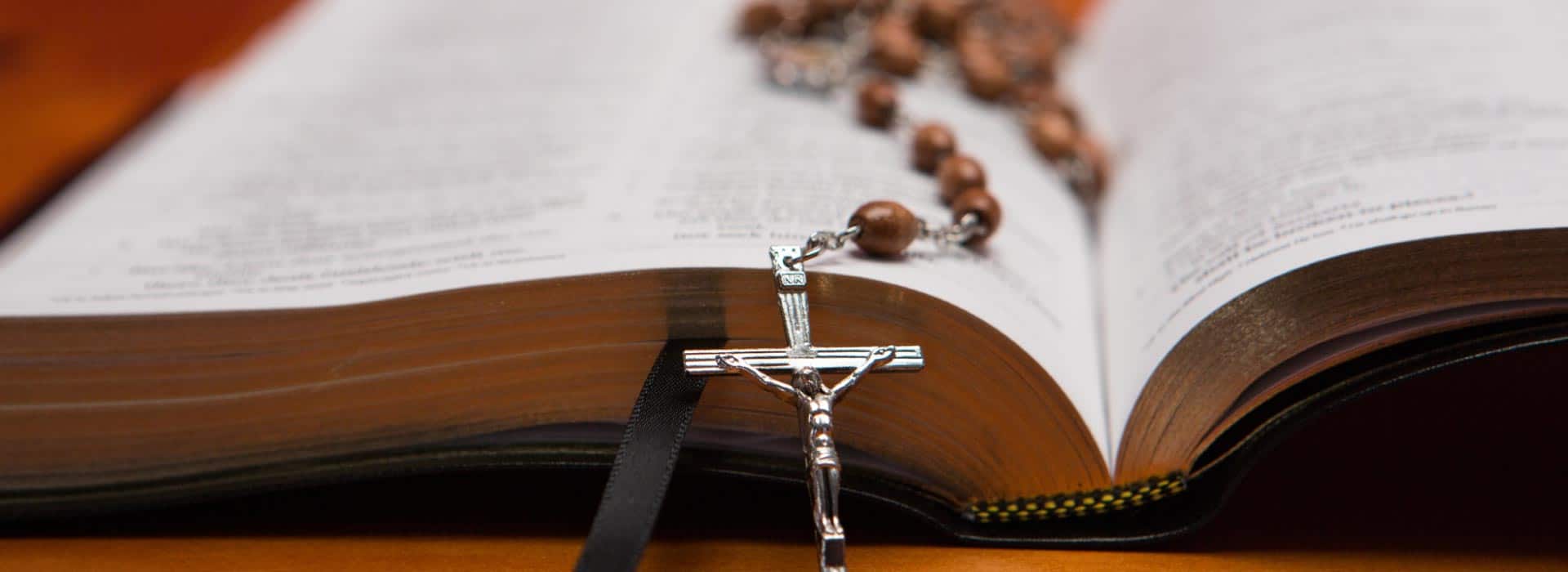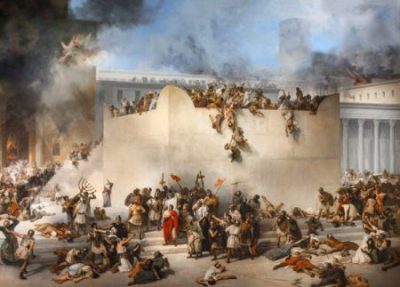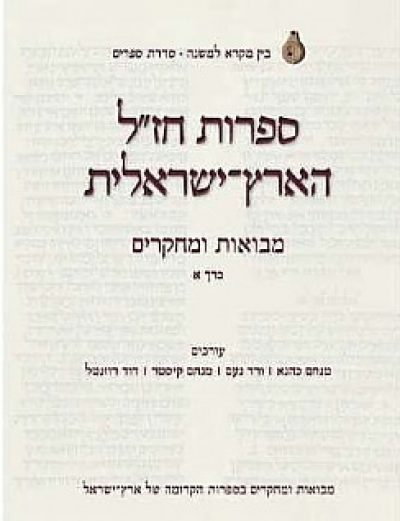In the 20th century, four days were added to the Jewish calendar. They all come between Pesach (Passover) and Shavuot (Pentecost). Two (Yom HaShoah and Yom HaZikkaron) are days of mourning and remembrance; two (Yom HaAtzma’ut and Yom Yerushalayim) are days of celebration. They reflect the history of the Jewish people and the Zionist movement in recent times. Some Jews mark these days as religious occasions, with special prayers and rituals in the synagogue. Others see them exclusively as national, secular days.
The first of the two days of mourning and remembrance is marked on the 27th of the month of Nissan, just six days after the end of Pesach. This day is Holocaust Remembrance Day, or Yom HaShoah, in memory of the six million Jews murdered in the Holocaust during the Second World War. It is marked throughout the country with a two-minute siren blast in the morning, but the central commemorative ceremonies are held at Yad Va’Shem in Jerusalem and the Ghetto Fighter’s House on Kibbutz Lochamei HaGeta’ot, near Nahariya.

Exactly one week later, on the 4th of the month of Iyyar, Israelis remember the fallen soldiers and the victims of war and terror. This day is called Yom HaZikkaron, the day of remembrance. On this day, as well, there are nation-wide sirens in the evening and then again at 11:00 in the morning. Memorial ceremonies are held at the Western Wall Plaza and at military cemeteries throughout the country.
The two days of remembrance are sometimes marked earlier if the days they properly fall on would be Friday, Saturday or Sunday. This is done by an act of the Knesset, in order to prevent public desecration of the Sabbath.

The first of the two days of celebration is Yom HaAtzma’ut, Israel’s Independence Day, which is celebrated on the 5th of the month of Iyyar, immediately after Yom HaZikkaron, Remembrance Day. Yom HaAtzmaut is mostly celebrated outside, with entertainment, fireworks and parties in the evening, and many picnics and barbecues the next day. The appropriate greeting would again be “Chag Sameach.”
Ultra-Orthodox anti-Zionist and even non-Zionist Jews may not celebrate this day at all. It should also be noted that Yom HaAtzma’ut may be a difficult day for Arab citizens, who remember their own national misfortunes as Palestinians, for whom the establishment of the State of Israel was associated with a national tragedy, the Nakba.

The second of the two days of celebration is Yom Yerushalayim, Jerusalem Day, the 28th of Iyyar. The day commemorates what happened on the 3rd day of the 1967 war, when Israeli paratroopers took over the Temple Mount/Haram al-Sharif and the Western Wall/al-Buraq, and is marked as a celebration of the unification of Jerusalem. This is perhaps the most controversial festival in the Jewish calendar. Although it was widely celebrated by Israelis in the 1970’s, since the 1980’s, and especially since the first intifada, it has become primarily the monopoly of the national-religious camp and the parade through the Old City has become a flash-point for provocation and extremism. Outside of that segment of the community and outside of Jerusalem, it may not even be noticed.






